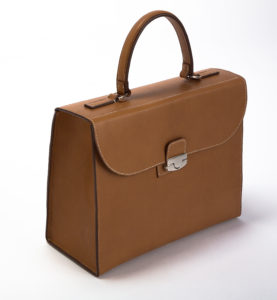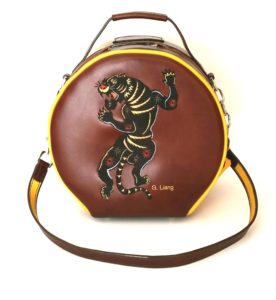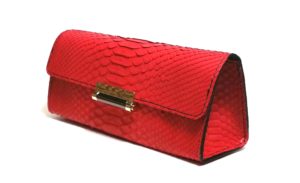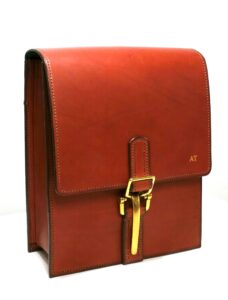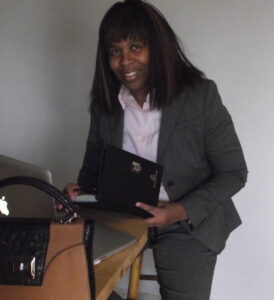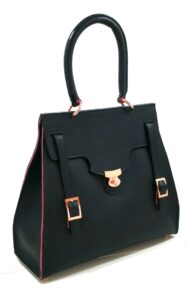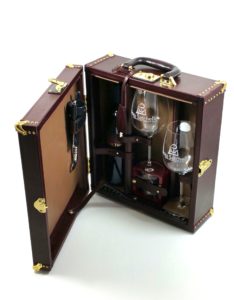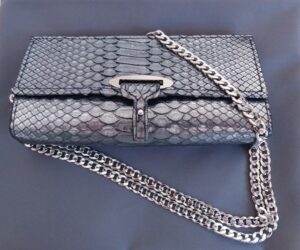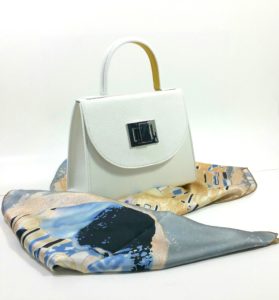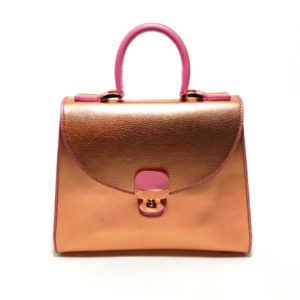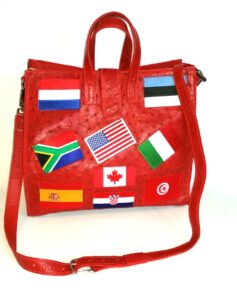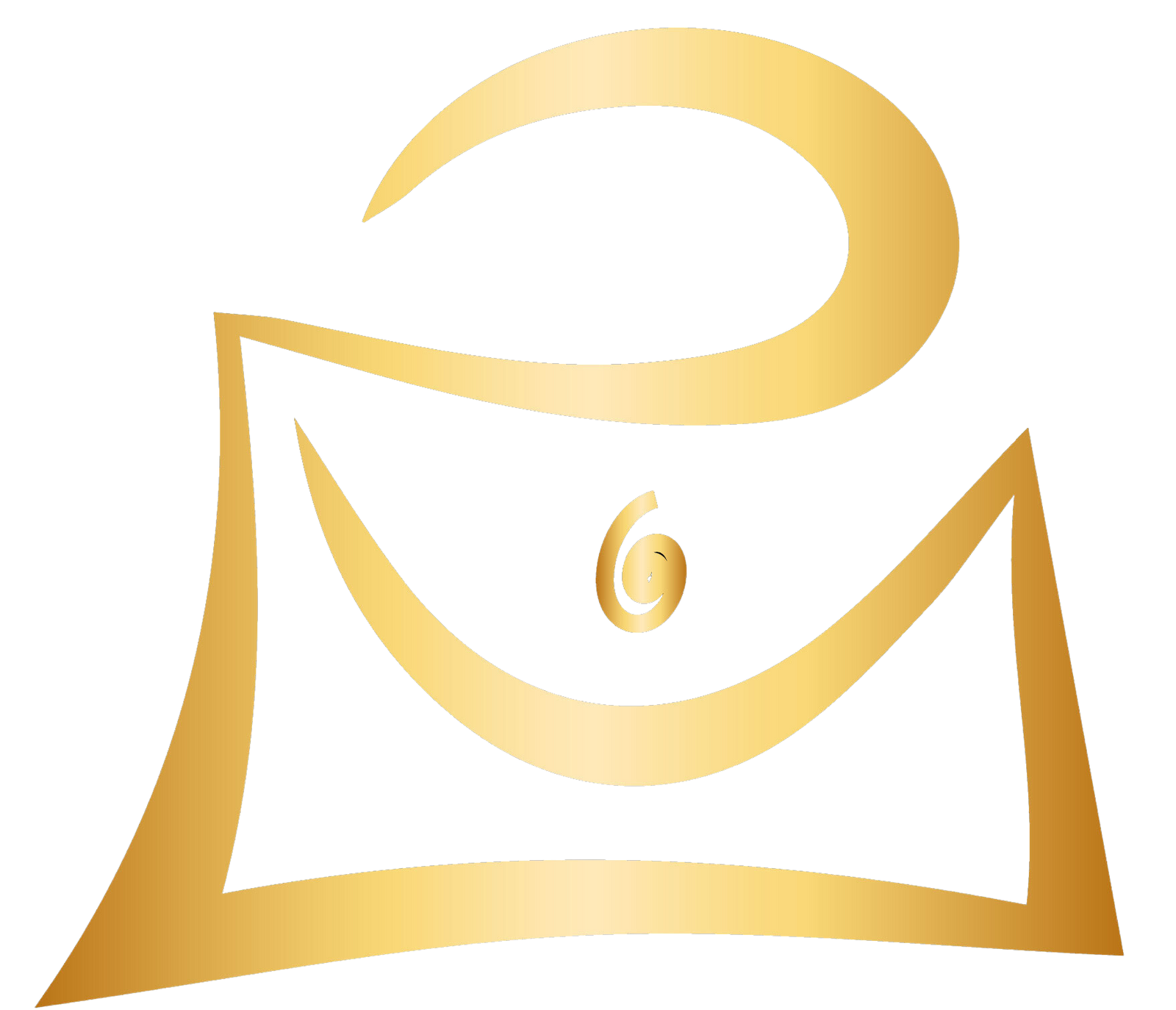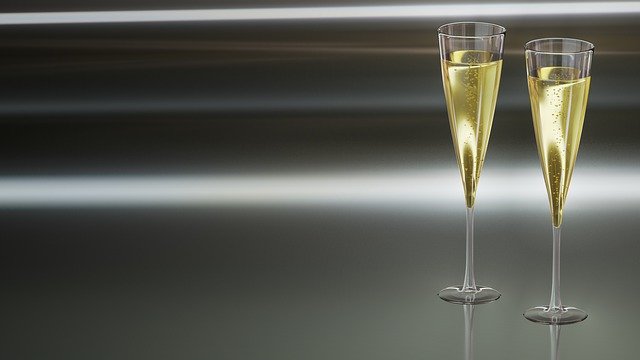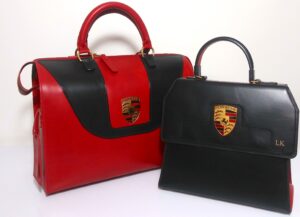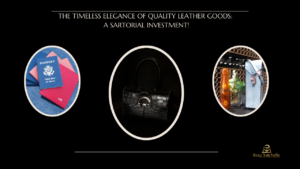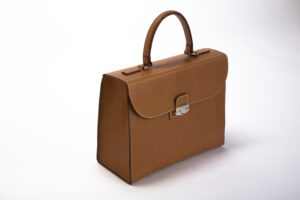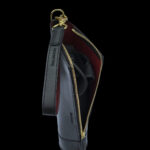“He who doesn’t risk never gets to drink Champagne.”
Opening a bottle of champagne coincides with festive occasions, joyous happenings, and ceremonial events. It symbolizes luxury and indulgence historically being linked as the celebratory drink of dignitaries and royalty. It has christened ships, drunk in triumphant endings of revolutions and signing of countries’ treaties, used to toast after conquering expeditions (whether or earth or in space) and reaching the highest summits of mountains. It has developed into a cultural icon among classical composers, rock stars, and rap/hip-hop performers. Legendary Hollywood movie stars embraced champagne on and off the screen as the drink of choice in elevating a celebrity’s sophisticated style. It has been an intentional character in literary works, music, films, and paintings including Agent 007 in the James Bond movies sipping the top brand bubbles from the champagne houses of Dom Perignon, Taittinger, and Bollinger. Champagne’s persona is sexy, fancy, and elegant as it weaved its way through world history.
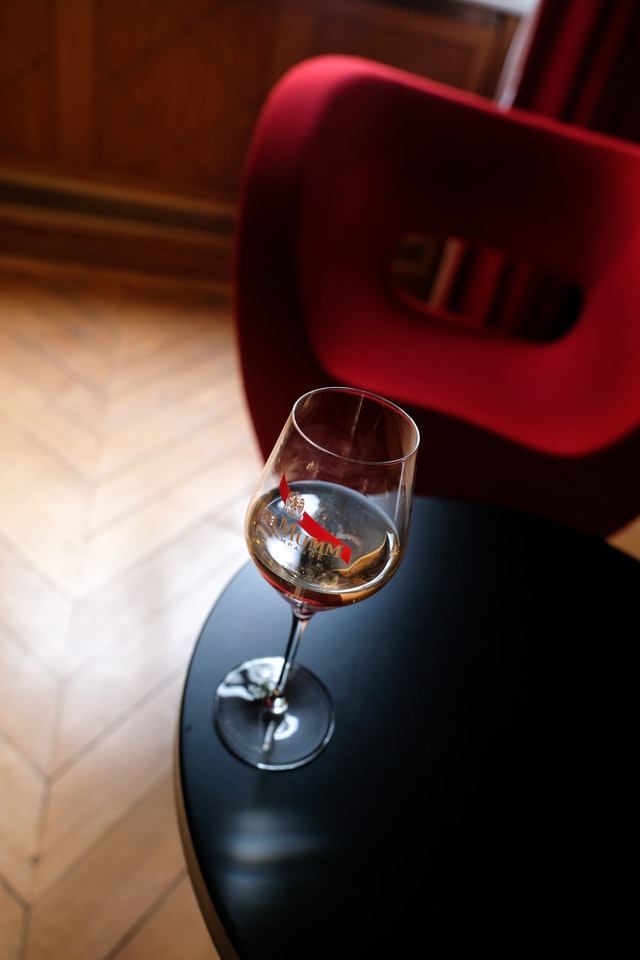
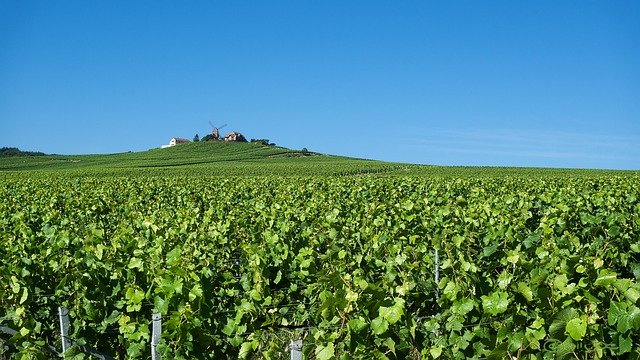
METHODS
The distinction between champagne and sparkling wine is literally based on geography. Although the term champagne is used with American and South American wine producers of sparkling wine, the true champagne’s origins are from the small region of Champagne, France made mainly from three grapes: Pinot Meunier, Pinot noir and Chardonnay.

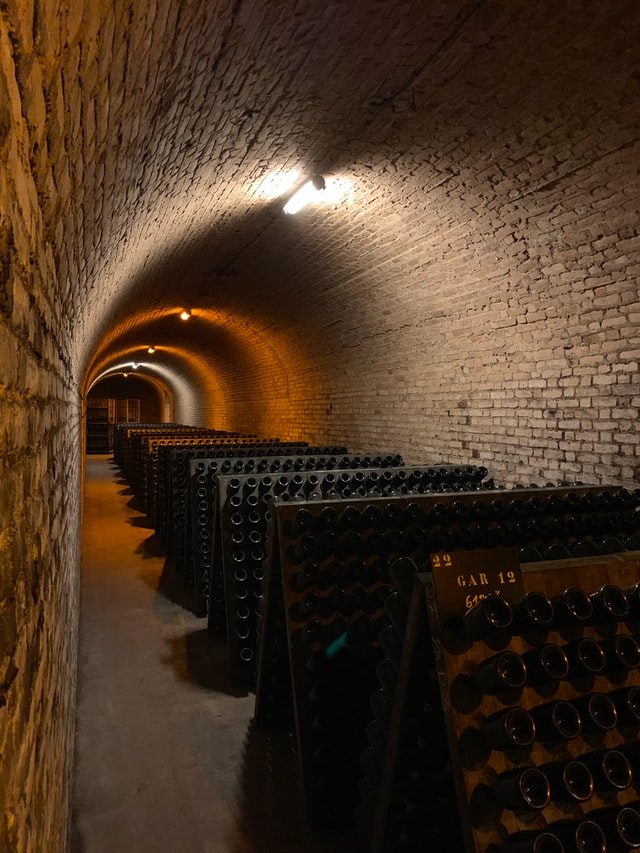
Although monasteries were the initial vineyard keepers, credit has been given to the monk Dom Perignon as the discoverer of the sparkling wine process in the late 1600s. The quality of champagne boils down to climate, soil and strict regulations that govern the process. Even the pandemic has affected and lowered the permissible yield of this year’s harvest as decided by the Comité Champagne, a governing organization comprised of small and large winemakers.
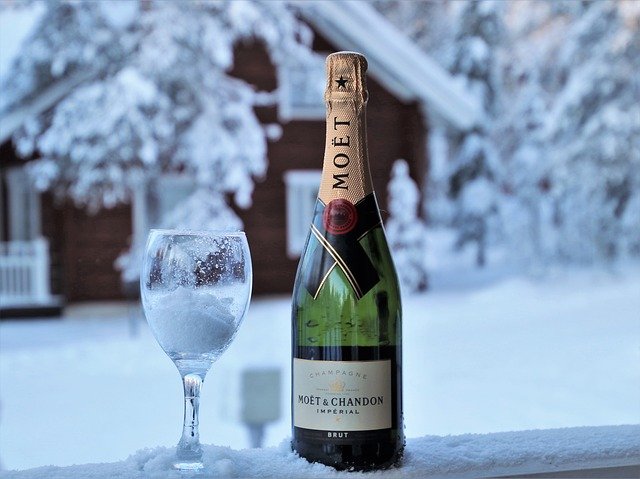
Depending on the region of Champagne, specific grapes are planted based on the distinctive characteristics of the terrain. The majority of plantings come from these 3 grape varieties:
– The Pinot Noir (38% planting) is the predominant grape variety planted on the Montagne de Reims and the Côte des Bar producing wines with distinctive aromas of red berries
– The Meunier grape (32% planting) grown in the Marne Valley soils and stands up better to cold weather than the pinot noir and tends to age more quickly than its other two wine peers.
– The Chardonnay (30% planting) produced in the soils of Côte des Blanc, the slowest to develop of the three varieties.
The process is called Méthode Champenoise, ‘fermented in a bottle’ in which the gently pressed grape juice is put through the sparkling wine’s process; carbon dioxide is created when the introduction of yeast begins to consume the sugars in the wine. With champagne, the carbon dioxide is not allowed to escape. The gas is trapped in the wine and released in the form of tiny bubbles when the bottle is opened.
– A Vintage Bottle is decided by the particular House with the guidelines being all the grapes used have been harvested from a single year and must be aged for at least 3 years.
– A Non-Vintage is composed of several different vintages, rather than a single harvest and accounts for up to 90 percent of all
Champagne produced with less expensive choices.
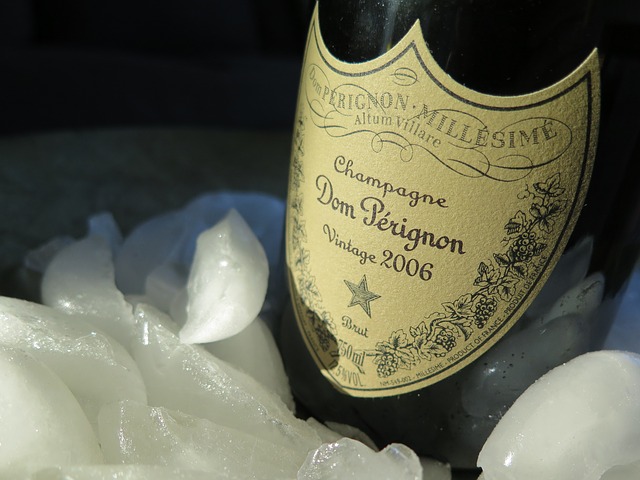
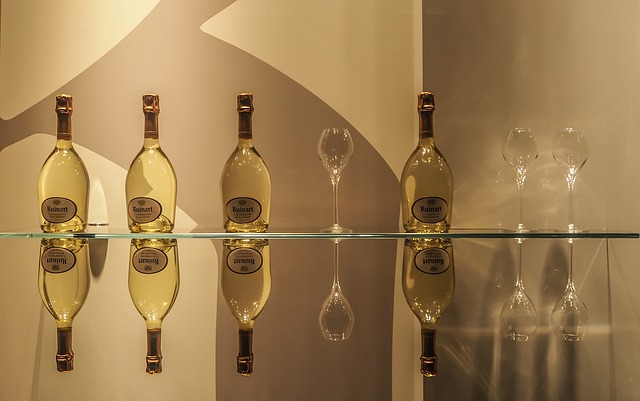
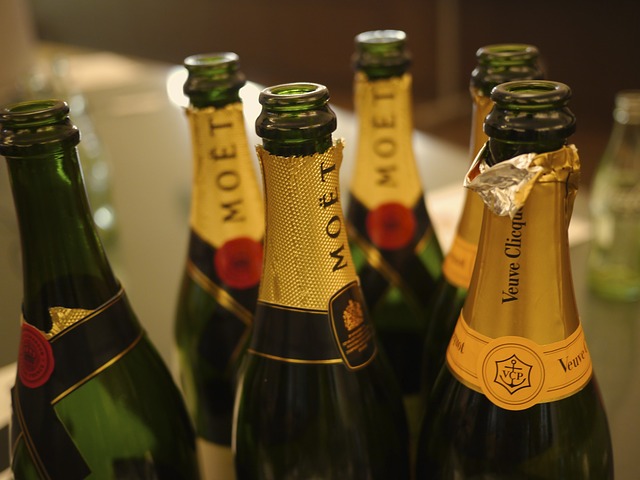
SERVING
Champagne should be stored in a cool (10˚C/50˚F), dark location positioning the bottles horizontally to keep the corks moist. It should be served at a temperature of 8-10˚ C (47-50˚ F) preferably placed in an ice bucket for 20-30 minutes. Never chill a bottle in the freezer or serve in pre-chilled glasses.
Although the dramatic opening of a bottle by popping the cork or in a more thrilling use of a saber, the best and safest method is merely tilting the bottle away from others, always keep a firm grip on the cork while loosening the wire cage by untwisting the metal loop, removing the foil wrapping and gently rotating the bottle until the cork comes sliding out.
When it comes to food pairings, sommeliers suggest any food with salt, butter, oil, or fat works well with champagne’s acidity which cuts through the fats on your palate. Dishes would include pizza, duck, fried or roasted chicken, truffle fries, caviar, and of course oysters (raw or fried).
According to Bubbly Expert, Kyla Kirkpatrick, The Champagne Dame’ pairings guidelines are as follows:
Blanc de Blanc: Light seafood entree, (i.e., seared scallops)
Brut or vintage: Main course, (i.e., beef or duck)
Rosé: Main course (dry) or dessert (sweet)
Demi-sec: Petits fours, macarons
Rosé: cheese course with rosé red jam (made with leftover champagne), or champagne with comte cheese.
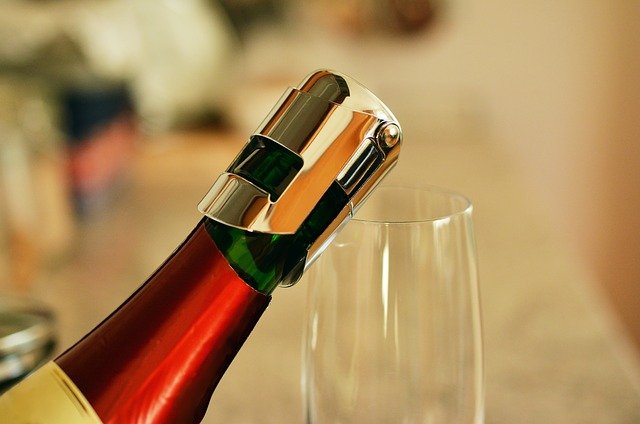
– Protecting the bubbles by sealing the bottle with sterling silver, gold, or rose gold stopper
– Marble or Stainless steel buckets, or a champagne holder for enough space for multiple bottles
– Champagne toolset with pliers, foil cutter and sealer recap
– Heirloom Waterford Crystal Champagne Flutes
the St. Regis Marriott Hotel in New York City or experience the Sabrage experience at the Milestone Hotel in London.
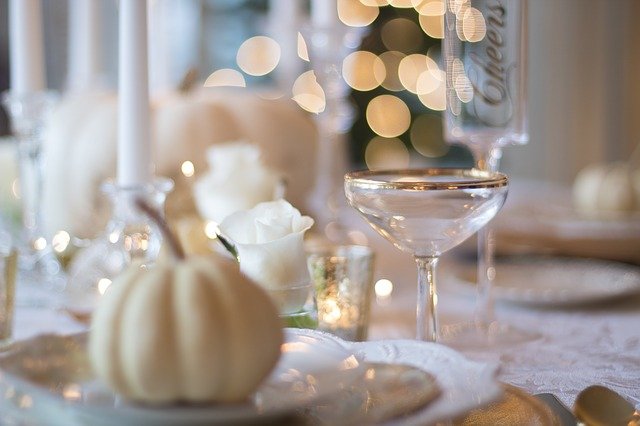
Please share your thoughts in the comment section below or on Twitter.
Thank You to the above mentioned and following sites
Goyet.com – Origin of Champagne
Comité Champagne.com – Trade Association that represents the interests of Champagne producers and Champagne House
Town and County Mag.com – The Best Champagne For All of Your Celebrations
Hat Tip to the following photographers for contributing visuals
MasterTux – Champagne for Two
Pexels – Champagne glass filled with bubbly
Pasja1000 – Winter scene with Moet
Terri Cnudde – Holiday table with champagne glasses
Wolfgang Claussen – Ruinart Champagne
Congerdesign – Champagne stopper
Mamoru Masumoto – Moet Veuve Clicquot
Ludwig Willimann – Dom Perignon
Matthilde Tabary – Glass of G.H. Mumm
Lomig – Caves, Champagnes Bollinger, Aÿ
MustangJoe – vineyard in Verzenay
SHARE POST
Customer Favorites
